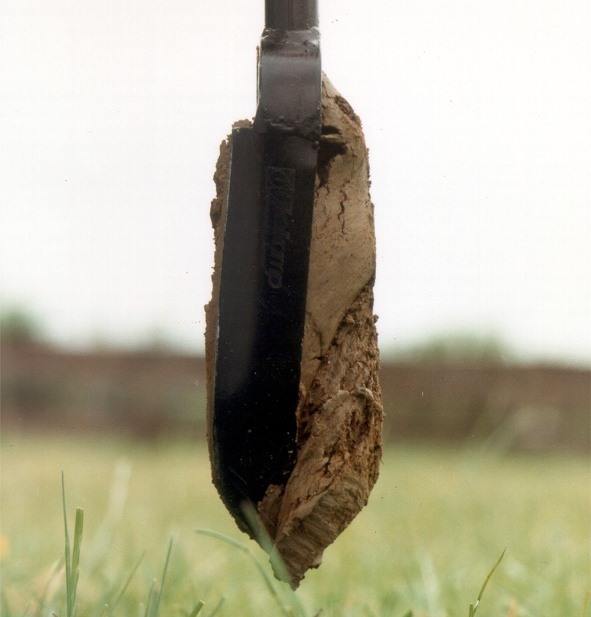

What exactly do we mean by ‘auger’?

July 8, 2013
An auger is a drilling device, or drill bit, that usually includes a rotating helical screw blade called a “flighting” to act as a screw conveyor to remove the drilled out material. The rotation of the blade causes the material to move out of the hole being drilled.
An auger used for digging post holes is called an earth auger, handheld power earth drill, soil auger, or mechanized post hole digger. This kind of auger can be a manually turned, a handheld device, or powered by an electric motor or internal-combustion engine. Handheld augers can also be used for making holes for garden planting as well as for environmental research.
The Edelman augers we supply at Van Walt are by far the most used type of auger for environmental research. The typical design of the Edelman auger allows for a minimum of friction during penetration into the soil and the extraction of the auger from the soil, which means less physical effort. To achieve optimal results you should choose the auger type in respect of the soil type in question. There are four types: the clay, sand, coarse sand and a combination auger, each is manufactured with a standard bayonet connection or a conical screw thread connection.
A hand auger set will form the basis of most environmental researcher’s ‘tool kit’. Over the years many models have been developed and now we can offer the optimum design for various types of soil and by applying extension rods it is possible to research to depths up to 8-10 meters with a hand auger. The maximum boring depth strongly depends on various factors such as: depth of the groundwater, the soil profile, the characteristics of the material the auger has to pass through.
As with any tool or equipment, hand auger equipment too has to meet certain requirements. It should be efficient in that, whatever the soil conditions augering should be executed as fast and accurately as possible. The equipment should be solid and strong and require as little manpower as possible to carry the equipment and operate it. Finally the augers should be made to last of a high grade non-toxic steel and a carefully selected hardening treatment which contributes to a hardwearing, resistant and solid design.
Take a look at the following table for an idea of the type of auger to use in relation to the soil and type of sample you require, ie. Disturbed or non-disturbed:
 To find out more click here or talk to one of our soil research specialists on +44 (0)1428 661 660.
To find out more click here or talk to one of our soil research specialists on +44 (0)1428 661 660.
You might also be interested in...
Van Walt Guidelines for sampling for PFAS in Groundwater
November 13, 2024We need to make clear, that at the time of writing, there are no ISO or EN standards which deal with the sampling of groundwater for PFAS.
Read MoreSpot measurement v. continuous environmental monitoring
August 25, 2023Environmental monitoring has developed considerably over the years. From the time when a consultant went out monthly or quarterly with a dip tape to monitor the groundwater level in a borehole, wind forward...
Read MoreMeasuring Nitrates (NO3, NO3-N) in the field
June 20, 2023The interest in Nitrates is nothing new. One way or another we have been measuring them for half a century.
Read MoreVan Walt Environmental Equipment
A small selection of our environmental equipment